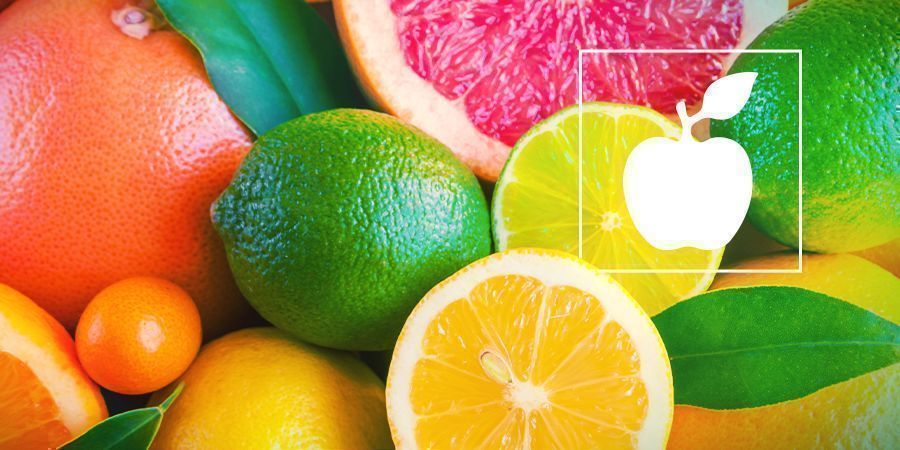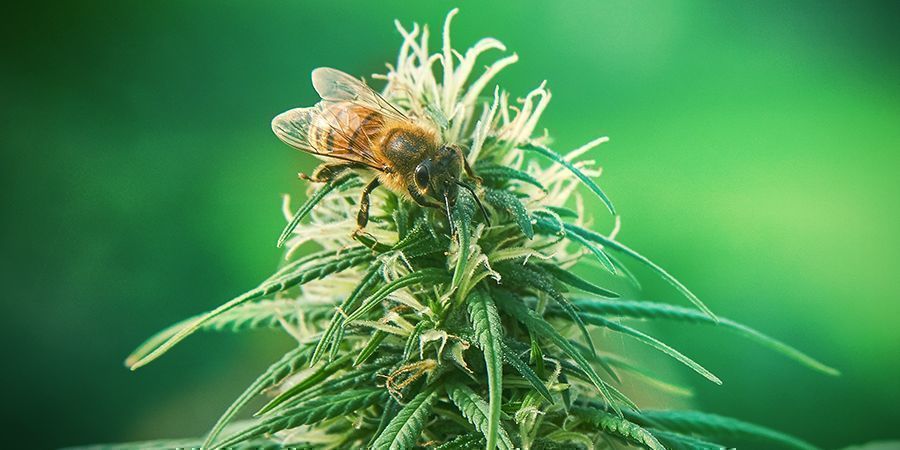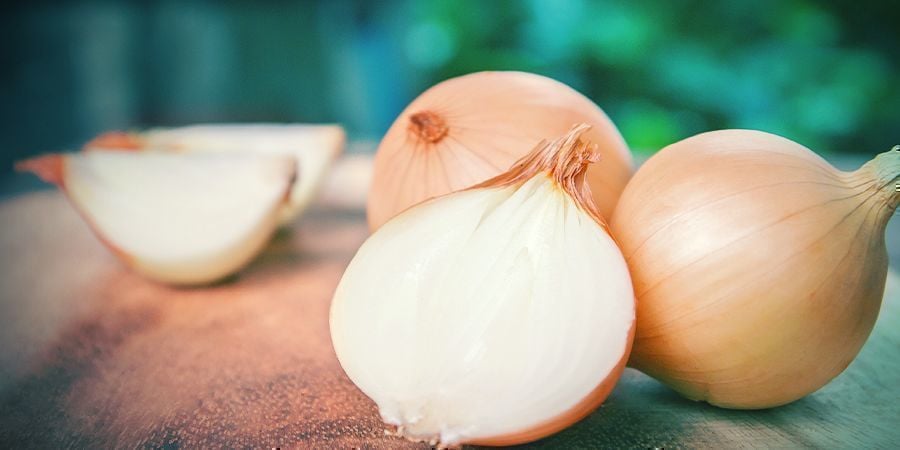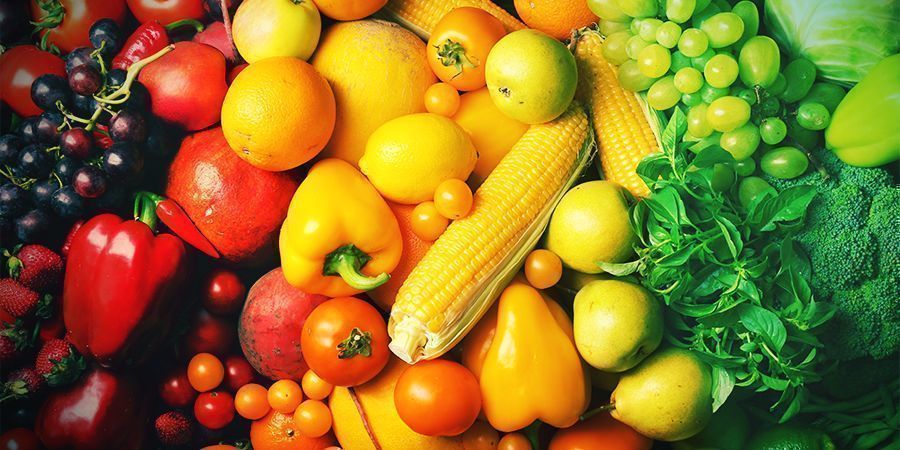What Are Flavonoids?

Flavonoids play many roles in plant development; colour in flowers to attract insects for pollination, UV filtration, nitrogen fixation, and pest and fungi prevention. In the case of cannabis, flavonoids’ most noticeable contributions are to the fragrance and taste of a strain.
Flavonoids are plentiful in fruit and vegetables, and are found in many other plant species too. Classed as secondary metabolites, flavonoids affect plants in many ways and are essential for survival. But flavonoids are still essential for survival nonetheless. In scientific terms, they can be described as phytochemicals or plant chemicals. To date, at least 6,000 different flavonoids have been identified. Synthetic flavonoids have also been developed.
Cannabis contains flavonoids. While they are mostly found in the flowers, they can also be sourced in the leaves and stems. Cannabis seeds and roots do not contain flavonoid molecules. 23 unique flavonoids to cannabis are referred to as “cannaflavins.”
Cannabinoids, specifically THC and more recently CBD, have become household names. Researchers are now free to investigate more of the compounds present in cannabis. Terpenes, terpenoids, and flavonoids are finally in the spotlight and under the microscope.
THE ROLE OF FLAVONOIDS

Flavonoids play many roles in plant development; colour in flowers to attract insects for pollination, UV filtration, nitrogen fixation, pest and fungi prevention, and still more can be attributed to flavonoids. Specifically, in the case of cannabis, flavonoids’ most noticeable contributions are to the fragrance and taste of a strain.
Flavonoids are non-psychoactive. However, it is believed that similar to CBD, flavonoids can create a synergistic effect in combination with THC. They are contributors to the “entourage effect.” Moreover, as members of the phytonutrient family, it shouldn’t be surprising that flavonoids can have tremendous antioxidant, anti-inflammatory, antibacterial, and antiviral properties.
THE MOST COMMON CANNAFLAVINS
At the moment, 23 cannaflavin flavonoids have been identified. Below, we will get into the specifics of what makes the most common flavonoids and cannaflavins so beneficial to cannabis users.
-
APIGENIN

Apigenin is a colour flavonoid found in many fruits and vegetables like onions and oranges. It is used in various industries to dye fabrics. This flavonoid has been extensively studied in animals and shows a lot of promise for human medicine. Research on mice and rats has shown apigenin to possess antioxidant, anti-inflammatory, and anticarcinogenic properties. Of most interest was the tumour growth suppression observed in rodent studies.
-
QUERCETIN
Quercetin is the flavonoid known as the secret ingredient in “superfoods” like apples, blueberries, broccoli, and tomatoes. Again, this is also a colour flavonoid found in vibrant-coloured fruits and vegetables. Quercetin is another tremendous antioxidant and anti-inflammatory. Longevity and anti-aging properties in humans have been linked to a diet rich in quercetin. Many sports supplements contain quercetin as it is believed to increase endurance.
-
CANNAFLAVIN A, B, & C
Cannaflavins A and B were isolated during the 1980’s by Dr Marilyn Barrett and her team. Barrett published her findings in June of 1985. Cannaflavin A proved to be 30 times more effective than aspirin in studies. Unfortunately, cannaflavin B and cannaflavin C, more recently isolated in 2013, require further research to investigate and determine their potential medicinal value.
-
β-SITOSTEROL

Beta-sitosterol is actually a phytosterol or plant sterol found in fruits, vegetables, nuts, and seeds. Oddly enough, it is also a precursor of anabolic steroids. The US Food and Drug Administration classifies foods containing beta-sitosterol as reducing the risk of coronary heart disease by lowering cholesterol levels in blood. Furthermore, beta-sitosterol is widely used in medicine - from topical ointments for cuts and burns to colon cancer prevention.









 United States
United States













